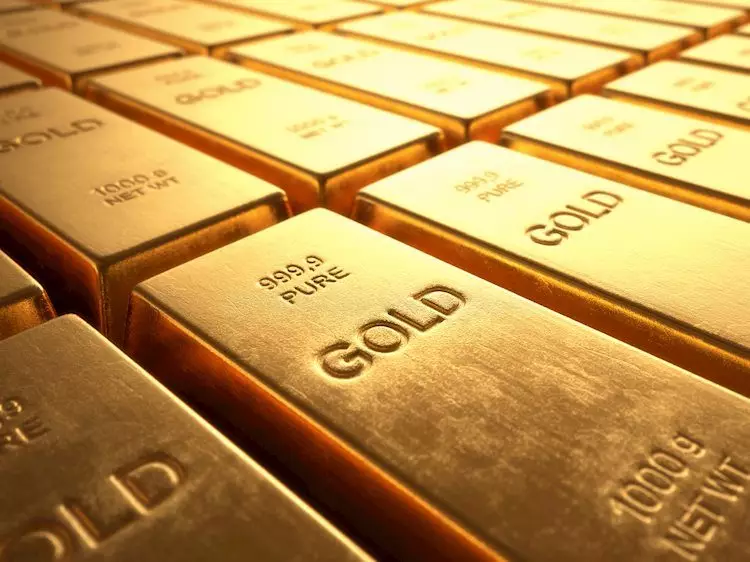The Gold price (XAU/USD) has been on a downward trend, trading near $2,405 during the early Asian session. The unexpected acceleration in the US Producer Price Index (PPI) in June has put pressure on the precious metal. The higher-than-expected Wholesale price inflation in the United States has created a bearish sentiment for Gold. Traders are closely watching for the release of the Chinese Gross Domestic Product (GDP) for the second quarter, along with the US NY Empire State Manufacturing Index for July and a speech by the Federal Reserve’s (Fed) Mary Daly later in the day.
Despite the current decline in Gold price, there are expectations that the Fed might initiate rate cuts sooner than expected, possibly in September. This anticipation of an easing cycle has the potential to limit the downside for Gold. Lower interest rates generally increase the attractiveness of Gold as a safe-haven asset due to its non-interest-bearing nature. The financial markets are already pricing in nearly 80% odds of a 25 basis points cut in September, according to the CME Fedwatch Tool.
Global political uncertainties and geopolitical tensions, such as the recent incident involving former President Donald Trump, could lead to increased safe-haven flows benefiting precious metals like Gold. Events like these tend to drive investors towards safe-haven assets, providing support for Gold prices.
Gold has historically been used as a store of value and medium of exchange. In addition to its ornamental use in jewelry, it is widely regarded as a safe-haven asset. Investors often turn to Gold during times of economic turbulence as it is seen as a reliable investment option. The precious metal is also considered a hedge against inflation and depreciating currencies, as it is not tied to any specific issuer or government.
Central banks are major holders of Gold reserves as they aim to support their currencies in times of economic instability. Diversifying reserves with Gold helps improve the perceived strength of the economy and currency. Emerging economies like China, India, and Turkey have been rapidly increasing their Gold reserves, with central banks adding significant amounts of Gold to their holdings in recent years.
Gold price movements are influenced by a variety of factors, including the performance of the US Dollar and US Treasuries. Gold has an inverse correlation with the Dollar and tends to rise when the Dollar depreciates. Geopolitical instability, fears of recession, and changes in interest rates also impact Gold prices. As a yield-less asset, Gold tends to perform well in environments of lower interest rates, while a stronger Dollar can suppress Gold prices.
Gold price analysis involves a careful examination of various economic indicators, geopolitical events, and market dynamics. The precious metal’s value is influenced by a complex interplay of factors, making it a popular choice for investors seeking to diversify their portfolios and protect against market volatility.

